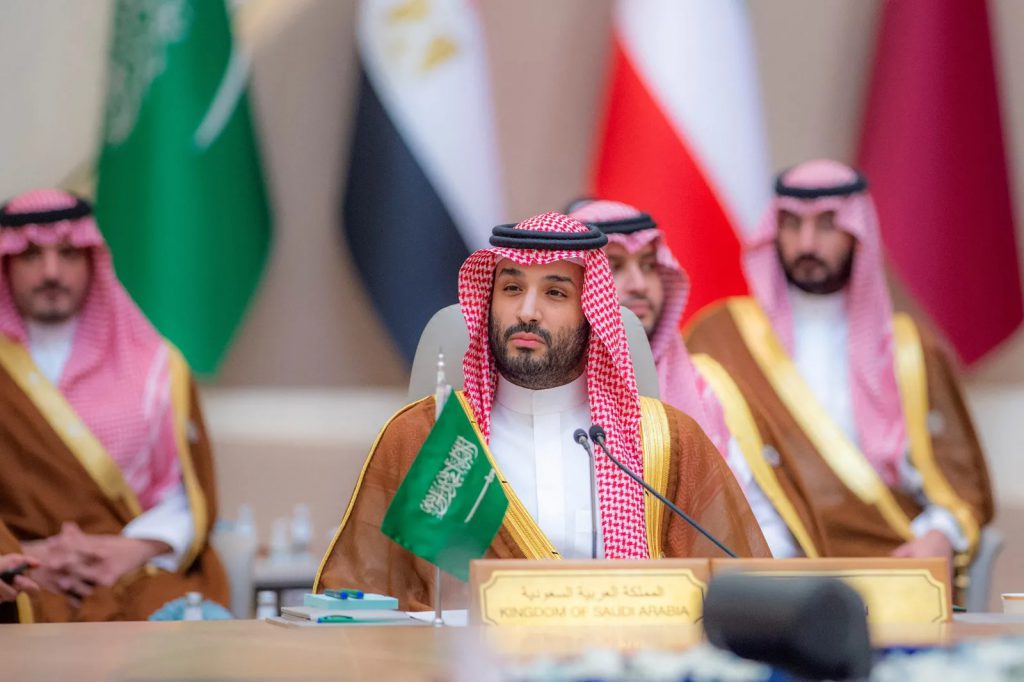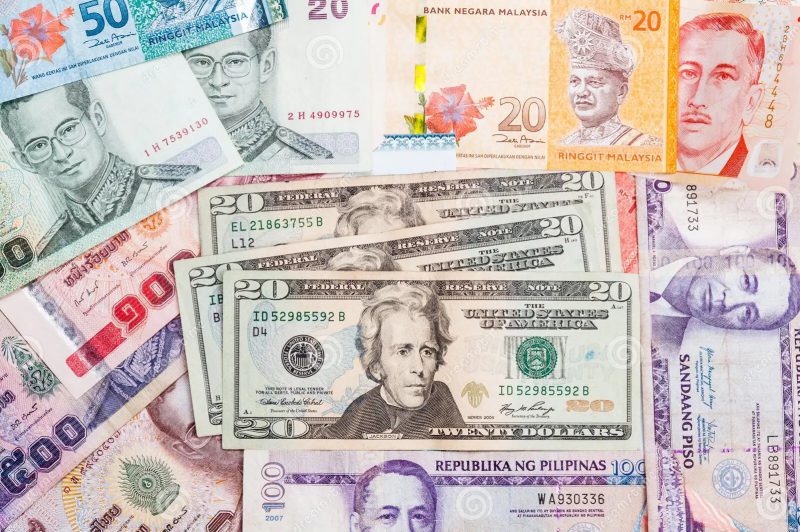Following its six-country expansion effort at its 2023 Annual Summit, the BRICS alliance is poised to exploit a weakened US dollar. Indeed, the bloc’s growth and a potential alternative currency will undoubtedly benefit from the current state of geopolitics. Subsequently, the economic alliance is in an advantageous position to affect global economics.
For much of the year, the bloc has been outspoken about its desire to de-dollarize international finance. Moreover, they have approached this idea with a plethora of possibilities, including the greater usage of local currencies and digital asset alternatives.
However, the bloc as a whole finds itself in a position of strength considering all that happened throughout the past year. With the United States in economic hardship and the bloc cornering the oil market through expansion, BRICS is set to confront an international landscape that could take its de-dollarization effort to the next level.
BRICS Control of The Oil Market


Also Read: BRICS Expansion Countries Expect ‘Turbocharged’ Growth
For much of the year, the growth of the BRICS bloc has garnered headlines. Ultimately, that crescendoed into an expansion plan that came to fruition at this year’s annual summit. Specifically, Saudi Arabia, the United Arab Emirates (UAE), Iran, Egypt, Ethiopia, and Argentina received invitations.
Now, the BRICS bloc is in a greater position to take advantage of a weakened US dollar. Despite the state of inter-alliance communication, the path to de-dollarization has never been so clear. Primarily through control over the oil market and other trade avenues.
Firstly, BRICS has nearly cornered the market in the oil trade. Saudi Arabia and the UAE joining the bloc creates a clear establishment for the alliance in that sector. Therefore, global oil dealings and settlements can be controlled by the bloc in certain ways. This has already been seen in oil dealings between the UAE and India being settled in rupees.
Also Read: BRICS Global Trade Rises 56% to Reach $422 Billion
Moreover, the Red Sea is currently enraptured by BRICS countries. Egypt sits on the west, Saudi Arabia on the east, and Ethiopia, the East African Power, governs the water’s western shore. Ultimately, this means that the three countries essentially control the Suez Canal, which is vital to internal trade, not just oil.
Additionally, the bloc is in a positive position due to its overall financial holdings. Subsequently, this comes into play with the addition of Saudi Arabia to the bloc. Something that presents a clear benefit in its ownership of over $100 billion in US government bonds.
Saudi Arabia and the Dollar’s Weakened State


Also Read: Saudi Arabia’s GDP Hit by Oil Supply Cuts
With the addition of Saudi Arabia, BRICS controls over $1 trillion in US bonds. However, Saudi Arabia specifically has a certain amount of control over the money that is granted to the United States. Subsequently, it is in an advantageous geopolitical position and has continued to establish that.
Additionally, the United States understands the clear decline of its currency. Ultimately, many observe de-dollarization as a positive for the United States. In June of this year, a US senator and Biden’s economic advisor advocated the positive effects of dethroning the US dollar.
Ultimately, these facets are all constantly changing, but they paint a clear picture. For the BRICS bloc, de-dollarization is beginning to feel like a matter of time. Additionally, the development of an alternative currency could set the trajectory for a very different global economic future.





